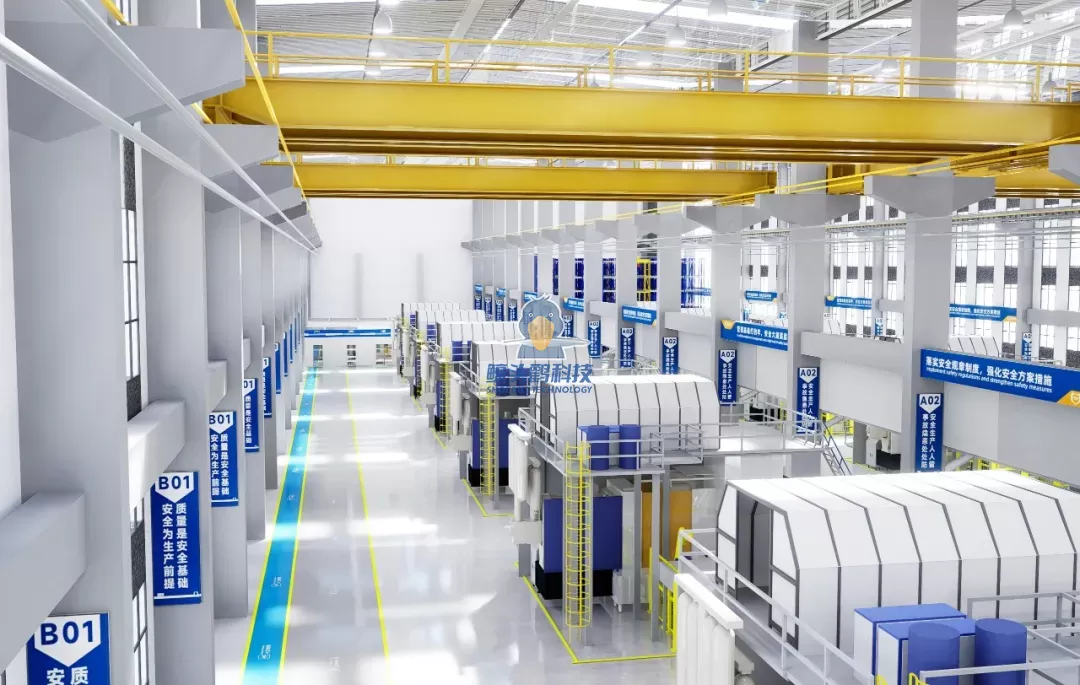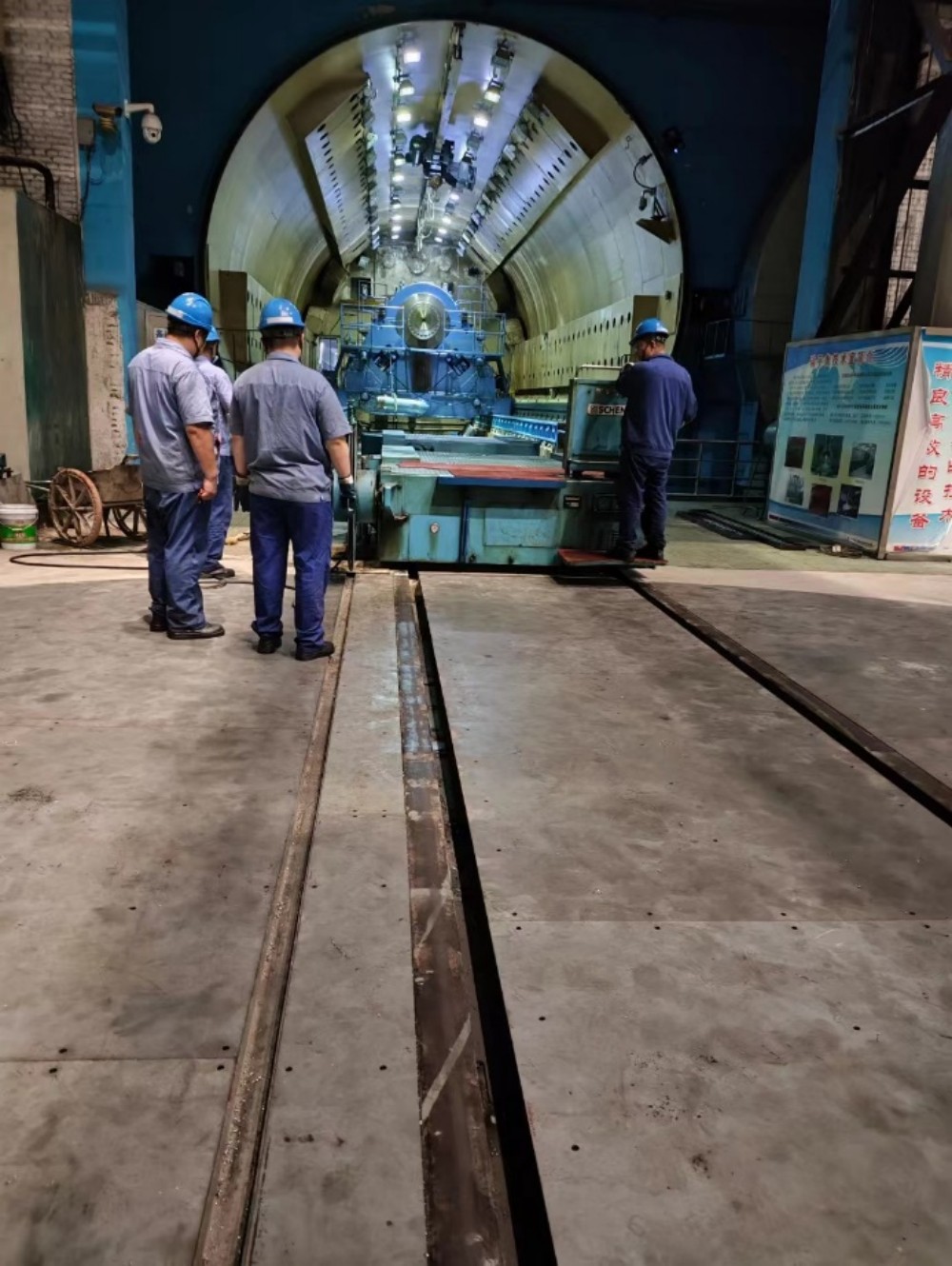When it comes to enhancing the aesthetic appeal and functional performance of a building, cladding plays a pivotal role. However, one of the most pressing questions for homeowners and builders alike is: How much should cladding cost? This article delves into the various factors influencing cladding costs, the types of materials available, and how to budget effectively for your cladding project.
Understanding Cladding: A Brief Overview
Cladding refers to the application of one material over another to provide a skin or layer, which serves both protective and decorative purposes. It can be made from a variety of materials, including wood, metal, vinyl, brick, and composite materials. The choice of cladding not only affects the overall look of a building but also its energy efficiency, durability, and maintenance requirements.
Factors Influencing Cladding Costs
- Material Selection
The type of cladding material you choose significantly impacts the overall cost. Here’s a breakdown of common cladding materials and their average costs per square foot:
- Vinyl Cladding: $2 - $7
- Wood Cladding: $3 - $10
- Fiber Cement: $5 - $15
- Metal Cladding: $7 - $20
- Brick: $6 - $15
- Stone: $10 - $30 Each material has its own set of advantages and disadvantages, which can affect long-term costs related to maintenance and energy efficiency.
- Installation Costs
Installation is another significant factor in the overall cost of cladding. Professional installation can range from $1 to $5 per square foot, depending on the complexity of the project and the experience of the contractor. Factors that can influence installation costs include:
- Building Height: Taller buildings may require specialized equipment, increasing labor costs.
- Accessibility: Difficult-to-reach areas may necessitate additional safety measures and equipment.
- Design Complexity: Intricate designs or custom features can lead to higher labor costs.
- Geographic Location
The cost of cladding can vary significantly based on geographic location. Urban areas with a higher cost of living may see increased prices for both materials and labor. Additionally, local building codes and regulations can influence the types of materials that can be used, potentially affecting costs. - Project Size
Larger projects often benefit from economies of scale, which can reduce the cost per square foot. Conversely, smaller projects may incur higher per-unit costs due to fixed expenses associated with mobilization and setup. - Additional Features
If your cladding project includes additional features such as insulation, moisture barriers, or decorative elements, these will add to the overall cost. For instance, adding insulation can increase the initial investment but may lead to long-term savings on energy bills.
Budgeting for Your Cladding Project
To effectively budget for your cladding project, consider the following steps:
- Conduct a Cost Analysis
Gather quotes from multiple suppliers and contractors to understand the market rates for the materials and services you require. This will help you identify a reasonable budget range. - Factor in Long-Term Costs
While it may be tempting to choose the cheapest option, consider the long-term implications of your choice. Materials that require less maintenance or offer better energy efficiency may save you money over time. - Plan for Contingencies
It’s wise to set aside an additional 10-20% of your budget for unexpected expenses that may arise during the project. This can help you avoid financial strain if unforeseen issues occur. - Consult with Professionals
Engaging with architects, builders, or cladding specialists can provide valuable insights into the best materials and methods for your specific project, ensuring you make informed decisions.
Conclusion
Determining how much cladding should cost involves a multifaceted approach that considers material selection, installation expenses, geographic location, project size, and additional features. By understanding these factors and planning accordingly, homeowners and builders can make informed decisions that align with their budget and aesthetic goals. Whether you are renovating an existing structure or embarking on a new build, investing time in researching and budgeting for cladding will pay dividends in the long run, enhancing both the value and appeal of your property.






